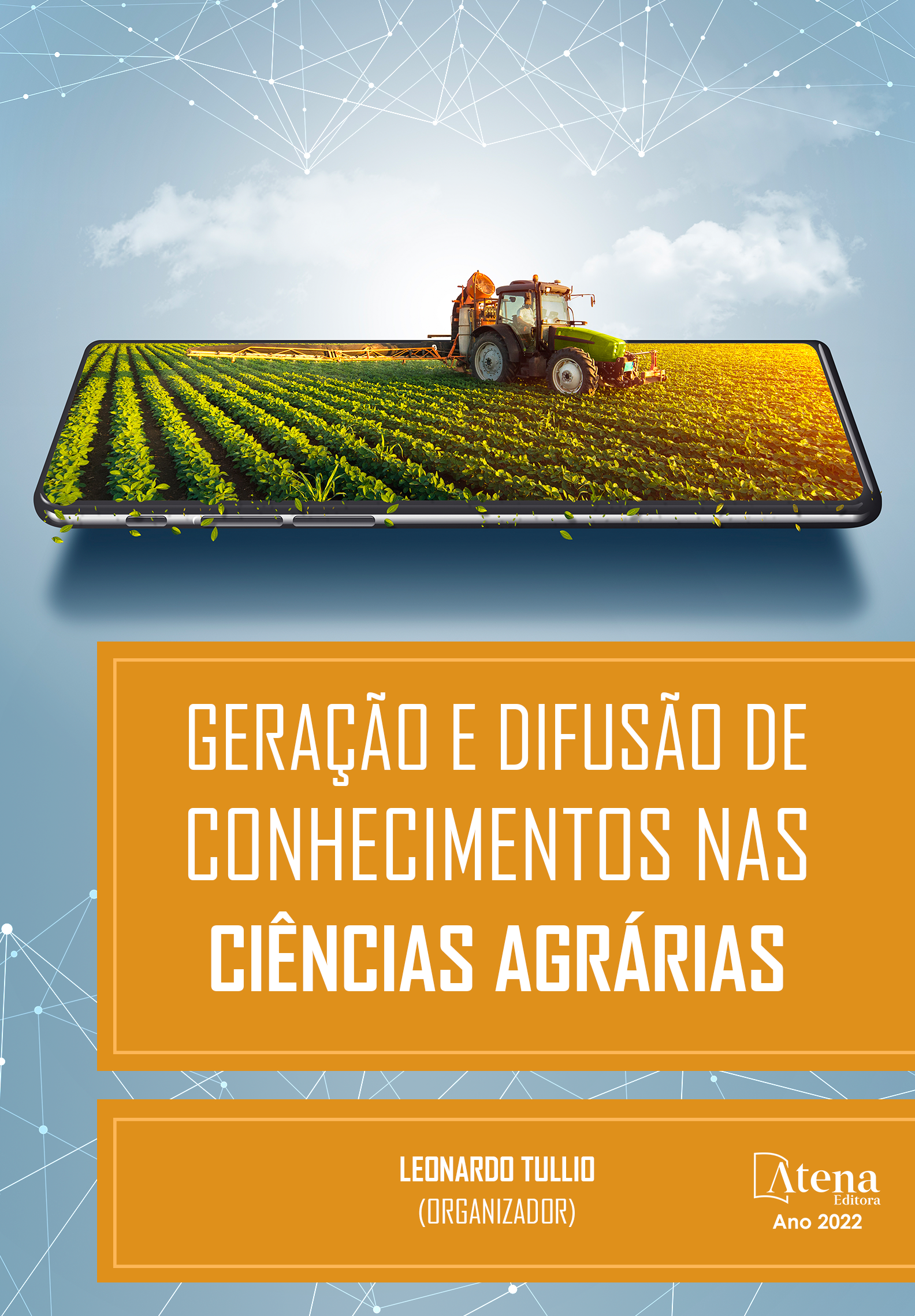
ADUBAÇÃO NITROGENADA EM PASTAGENS SOB DIFERENTES MANEJOS DE FERTILIDADE DO SOLO
O crescente aumento da população mundial tem como preocupação a produção de alimentos sustentáveis. Assim, a produção de proteína animal está tendo que se adequar cada dia mais com novas tecnologias, no intuito de reduzir o ciclo produtivo. No Brasil a carne bovina está entre as principais fontes de proteína das refeições. A maioria do rebanho brasileiro tem como principal fonte de alimento as pastagens, sendo essa composta por mais de 85% do gênero Brachiaria. No entanto, estudos indicam que 80% das áreas de forragens no Brasil se encontram com algum grau de degradação, sendo as falhas na pressão de pastejo e na nutrição inadequada das plantas, pela não disponibilização correta de nutrientes, como os principais fatores para esta situação. Desta forma, o presente trabalho teve como objetivo avaliar a eficácia da adubação nitrogenada em diferentes manejos de fertilidade do solo em pastagens de Brachiaria brizantha cv Marandu. O experimento foi conduzido em delineamento experimental de blocos casualizados com 6 tratamentos e 3 repetições, com duração de 70 dias. Em 2020, em cada respectivo canteiro experimental foi aplicado um determinado manejo de fertilidade do solo, sendo: calcário na dose de 847 kg.ha-1; gesso na dose de 1,26 t.ha-1; NPK (04-14-08) na dose de 571 kg.ha-1, ureia na dose de 104 kg.ha-1 e por fim o canteiro testemunha, sem aplicação de nenhum fertilizante ou corretivo. Assim, antes do início do período experimental, foi feita a roçagem simulando o pastejo dos animais e foram instalados os seguintes tratamentos: CONT 2- sem aplicação de fertilizantes, CONT 1- aplicação de ureia (50 kg de N ha-1) em área sem manejo de fertilidade do solo no ano anterior; CALC- aplicação de ureia (50 kg de N ha-1) em área realizada a calagem no ano anterior; GESSO – aplicação de ureia (50 kg de N ha-1) em área realizada gessagem no ano anterior; NPK – aplicação de ureia (50 kg de N ha-1) em área realizada adubação NPK no ano anterior e UREIA – aplicação de ureia (50 kg de N ha-1) em área realizada adubação com ureia no ano anterior. De acordo com os resultados, observou-se que as plantas do tratamento GESSO obtiveram maior altura ao final do período experimental. No entanto, ao comparar o crescimento das plantas no período (altura final – altura inicial), verificou-se que os maiores valores ocorreram nos tratamentos GESSO, CALC, UREIA e CONT1. A taxa de rebrota também mensurada, apresentou melhores resultados nos tratamentos GESSO, CALC e NPK. Dessa forma, pode-se concluir que a aplicação de ureia em diferentes manejos de fertilidade do solo, mesmo em locais sem prévia correção ou adubação, propicia incremento no crescimento das Brachiaria brizantha cv Marandu.
ADUBAÇÃO NITROGENADA EM PASTAGENS SOB DIFERENTES MANEJOS DE FERTILIDADE DO SOLO
-
DOI: 10.22533/at.ed.5822218047
-
Palavras-chave: Adubação, Nitrogênio, Pastagem.
-
Keywords: Fertilization, Nitrogen, Pasture.
-
Abstract:
The increasing increase in the world population has as a concern the production of sustainable food. Thus, the production of animal protein is having to adapt more and more with new technologies in order to reduce the production cycle. In Brazil beef is among the main sources of protein in meals. Most of the Brazilian herd has as its main source of food the pastures, which are composed of more than 85% of the genus Brachiaria. However, studies indicate that 80% of forage areas in Brazil are in some degree of degradation, and failures in grazing pressure and inadequate nutrition of plants, by not making nutrients available correctly, are the main factors for this situation. Thus, the present work aimed to evaluate the effectiveness of nitrogen fertilization in different managements of soil fertility in pastures of Brachiaria brizantha cv Marandu. The experiment was conducted in a randomized block experimental design with 6 treatments and 3 repetitions, lasting 70 days. In 2020, in each respective experimental bed a certain management of soil fertility was applied, being: limestone at a dose of 847 kg.ha-1; gypsum at a dose of 1.26 t.ha-1; NPK (04-14-08) at a dose of 571 kg.ha-1, urea at a dose of 104 kg.ha-1 and finally the control bed, without application of any fertilizer or corrective. Thus, before the beginning of the experimental period, weeding was done simulating the grazing of animals and the following treatments were installed: CONT 2- no fertilizer application, CONT 1- urea application (50 kg of N ha-1) in area without soil fertility management in the previous year; CALC- urea application (50 kg of N ha-1) in area performed liming in the previous year; GESSO - application of urea (50 kg of N ha-1) in an area where plastering was performed the year before; NPK - application of urea (50 kg of N ha-1) in an area where NPK fertilization was performed the year before; and UREIA - application of urea (50 kg of N ha-1) in an area where urea fertilization was performed the year before. According to the results, it was observed that the plants in the GESSO treatment obtained greater height at the end of the experimental period. However, when comparing the growth of the plants in the period (final height - initial height), it was found that the highest values occurred in the GESSO, CALC, UREIA, and CONT1 treatments. The regrowth rate also measured, showed better results in the treatments GESSO, CALC and NPK. Thus, it can be concluded that the application of urea in different managements of soil fertility, even in places without previous correction or fertilization, provides an increase in the growth of Brachiaria brizantha cv Marandu.
-
Número de páginas: 31
- Vinicius Gabriani Pereira


